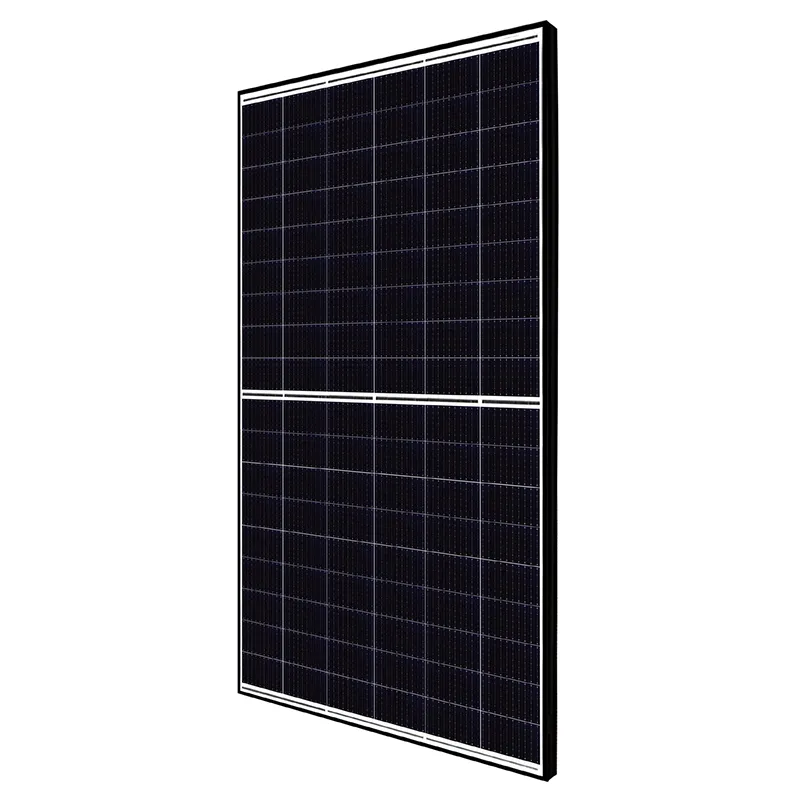Impact of High Temperatures on Solar Panel Efficiency and Performance
Solar Panel Efficiency at High Temperatures
Solar energy is one of the most promising renewable energy sources, and its utilization has been growing rapidly across the globe. Solar panels, which convert sunlight into electricity, are central to this technology. However, the efficiency of solar panels can be significantly affected by temperature. Understanding how high temperatures impact solar panel efficiency is crucial for maximizing energy production, particularly in regions with hot climates.
Most solar panels are made from silicon, which is a semiconductor material. The efficiency of these panels is governed by the photovoltaic effect, where sunlight excites electrons, creating an electric current. However, as the temperature of the solar panel increases, the efficiency of this process can decrease. Studies have shown that for every degree Celsius above a certain optimal temperature, typically around 25 degrees Celsius (77 degrees Fahrenheit), the efficiency of silicon-based solar panels can drop by approximately 0.5% to 0.6%.
This temperature effect is primarily due to two factors increased resistance and the degradation of the photovoltaic material. As temperature rises, the electrical resistance within the solar cells increases, leading to lower overall efficiency in converting sunlight into electricity. Additionally, prolonged exposure to high temperatures can cause physical and chemical changes in solar cells, which may lead to further losses in performance over time.
solar panel efficiency at high temperatures

In hot climates, the ambient temperature can often exceed the optimal range for solar panel operation, leading to significant efficiency losses. This issue is further compounded when solar panels are installed on rooftops or other surfaces that absorb heat. The surface temperature of the panels can be several degrees higher than the surrounding air temperature. Therefore, proper installation and orientation are vital to minimize heat buildup. Using mounting systems that allow for air circulation beneath the panels can help to mitigate this effect.
Innovations in solar technology are also addressing the challenge of high temperatures. The development of materials with higher heat resistance, such as perovskite solar cells, offers potential for maintaining efficiency at higher temperatures. Additionally, some manufacturers are exploring the use of bifacial solar panels, which can harness solar energy from both sides, thus improving overall energy capture in various weather conditions, including when temperatures soar.
Furthermore, cooling technologies such as passive cooling systems or active cooling methods—where a liquid or air-cooling system is integrated with solar panels—are being researched. These systems aim to maintain optimal temperature levels in solar panels to enhance efficiency.
In conclusion, high temperatures can significantly impact the efficiency of solar panels, leading to reduced energy output in hot climates. As the demand for renewable energy continues to rise, addressing these challenges through innovative materials and technology will be essential. By improving solar panel performance in high-temperature environments, we can ensure that solar energy remains a viable and sustainable option for meeting our energy needs. As research and development progress, the solar industry moves closer to fully harnessing the sun's power, even in the harshest of conditions.
-
Navigating Off Grid Solar Inverter: From Use Cases to Trusted PartnersNewsAug.05,2025
-
Solar Edge String Inverter: A Wholesaler’s Guide to Inverter Technology SelectionNewsAug.05,2025
-
Microinverters: Revolutionizing Solar Energy UseNewsAug.05,2025
-
Future of Monocrystalline Solar Panel Efficiency: Latest Technological AdvancesNewsAug.05,2025
-
Solar Panels for House: A Complete Guide to Residential Solar EnergyNewsAug.05,2025
-
Panel Bifacial Performance in Snow and Low-Light ConditionsNewsAug.05,2025







